free pages from our English Language software program
Acronyms – definition
![]() An acronym is an abbreviation created from the initial letters of a phrase or name.
An acronym is an abbreviation created from the initial letters of a phrase or name.
Examples
| BBC | British Broadcasting Corporation |
| IBM | International Business Machines |
| NATO | North Atlantic Treaty Organisation |
Use
![]() These acronyms are useful, because they save you the trouble of writing out the name in full every time you wish to refer to it.
These acronyms are useful, because they save you the trouble of writing out the name in full every time you wish to refer to it.
![]() Some acronyms, like those above, are very well known, and can be used without too much problem in most written communication.
Some acronyms, like those above, are very well known, and can be used without too much problem in most written communication.
![]() However, any which are not so well know should always be named in full the first time they are used, and the acronym shown immediately afterwards in brackets. Here’s an example.
However, any which are not so well know should always be named in full the first time they are used, and the acronym shown immediately afterwards in brackets. Here’s an example.
The committee elected four new members to the Corporate Affairs Steering Group (CASG) who will report immediately before the annual general meeting (AGM) at the end of July.
![]() Some abbreviations are spoken as if they were complete words: for instance, NATO (“NayTow”). and International Criminal Police Organization (“Inter-Pol”)
Some abbreviations are spoken as if they were complete words: for instance, NATO (“NayTow”). and International Criminal Police Organization (“Inter-Pol”)
![]() Others are spelled out. For instance Very Important Person is (VIP) usually spoken as three separate letters “Vee-Eye-Pea”.
Others are spelled out. For instance Very Important Person is (VIP) usually spoken as three separate letters “Vee-Eye-Pea”.
![]() There is no need to put full stops between the letters of an acronym.
There is no need to put full stops between the letters of an acronym.
![]() The plural of an acronym is shown by adding the letter s – as in compact disks (CDs)
The plural of an acronym is shown by adding the letter s – as in compact disks (CDs)
![]() There is no need to use an apostrophe, which should be reserved for cases showing possession – as in ‘the CD’s jewel case was broken’.
There is no need to use an apostrophe, which should be reserved for cases showing possession – as in ‘the CD’s jewel case was broken’.
![]() Most acronyms are formed by the use of capital letters, but where a normally pronounceable word is formed, they often include lower case letters as well – as in (Radar) – radio detecting and ranging.
Most acronyms are formed by the use of capital letters, but where a normally pronounceable word is formed, they often include lower case letters as well – as in (Radar) – radio detecting and ranging.
![]() Acronyms are particularly useful when taking notes, but you should remember to make a record of the full name of any new instances.
Acronyms are particularly useful when taking notes, but you should remember to make a record of the full name of any new instances.
| AIDS | acquired immune deficiency syndrome |
| ASBO | Anti-Social Behaviour Order |
| BBC | British Broadcasting Corporation |
| CD | Compact Disc |
| FAQ | frequently asked questions |
| Gestapo | Geheime Staatspolizei (secret state police) |
| Interpol | International Criminal Police Organization |
| Laser | Light Amplification by Stimulated Emission of Radiation |
| NATO | North Atlantic Treaty Organization |
| Radar | radio detection and ranging |
| Scuba | self-contained underwater breathing apparatus |
| SQL | Structured Query Language |
| WHO | World Health Organisation |
Self-assessment quiz follows …
© Roy Johnson 2011
English Language 3.0 program
Books on language
More on grammar
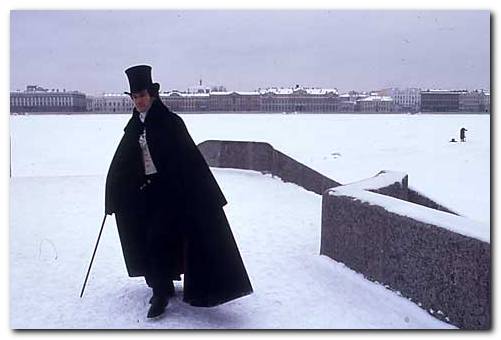
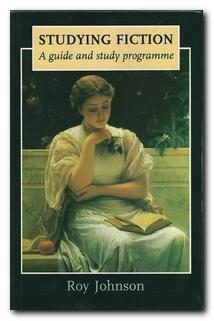 Studying Fiction is an introduction to the basic concepts and technical terms you need when making a study of stories and novels. It shows you how to understand literary analysis by explaining its elements one at a time, then showing them at work in short stories which are reproduced as part of the book. Topics covered include – setting, characters, story, point of view, symbolism, narrators, theme, construction, metaphors, irony, prose style, tone, and interpretation. The book also contains self-assessment exercises, so you can check your understanding of each topic. Best-selling title, written by the author of these web pages.
Studying Fiction is an introduction to the basic concepts and technical terms you need when making a study of stories and novels. It shows you how to understand literary analysis by explaining its elements one at a time, then showing them at work in short stories which are reproduced as part of the book. Topics covered include – setting, characters, story, point of view, symbolism, narrators, theme, construction, metaphors, irony, prose style, tone, and interpretation. The book also contains self-assessment exercises, so you can check your understanding of each topic. Best-selling title, written by the author of these web pages.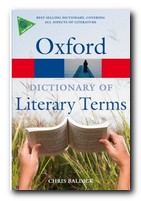
 Essential Blogging
Essential Blogging Blogging: Genius Strategies for Instant Web Content
Blogging: Genius Strategies for Instant Web Content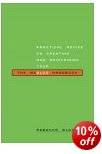 The Weblog Handbook
The Weblog Handbook Blogging for Dummies
Blogging for Dummies
 This tutorial looks at the famous opening passage of Bleak House and examines Dickens’s use of language, simile, and metaphor. It argues that whilst Dickens is often celebrated for the vividness of his descriptions, the true genius of his literary power is in imaginative invention.
This tutorial looks at the famous opening passage of Bleak House and examines Dickens’s use of language, simile, and metaphor. It argues that whilst Dickens is often celebrated for the vividness of his descriptions, the true genius of his literary power is in imaginative invention.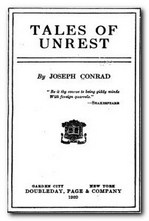 This is the first of two close reading tutorials on Conrad’s early tale An Outpost of Progress. This one looks at the opening of the story and examines the semantic values transmitted in Conrad’s presentation of the narrative. That is, how the meaning(s) of the story are embedded in even the smallest details of of the prose.
This is the first of two close reading tutorials on Conrad’s early tale An Outpost of Progress. This one looks at the opening of the story and examines the semantic values transmitted in Conrad’s presentation of the narrative. That is, how the meaning(s) of the story are embedded in even the smallest details of of the prose.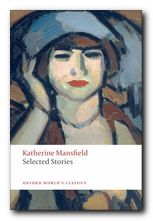 This tutorial looks at one of the opening paragraphs of Katherine Mansfield’s short story The Voyage. It covers the standard features of a writer’s prose style – in the use of vocabulary, syntax, rhythm, tone, narrative mode, and figures of speech; but then it singles out the crucial issue of point of view for special attention. Mansfield was one of the only writers to establish a first-rate world literary reputation on the production of short stories alone.
This tutorial looks at one of the opening paragraphs of Katherine Mansfield’s short story The Voyage. It covers the standard features of a writer’s prose style – in the use of vocabulary, syntax, rhythm, tone, narrative mode, and figures of speech; but then it singles out the crucial issue of point of view for special attention. Mansfield was one of the only writers to establish a first-rate world literary reputation on the production of short stories alone.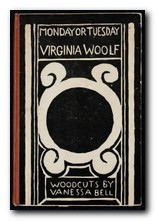 Virginia Woolf used the short story as an experimental platform on which to test out her innovations in language and fictional narrative. This tutorial offers a detailed reading of the whole of the experimental story Monday or Tuesday. It shows how its mixture of lyrical images, speculative thoughts, and fragments of story-line add up to more than the sum of its parts.
Virginia Woolf used the short story as an experimental platform on which to test out her innovations in language and fictional narrative. This tutorial offers a detailed reading of the whole of the experimental story Monday or Tuesday. It shows how its mixture of lyrical images, speculative thoughts, and fragments of story-line add up to more than the sum of its parts. D.H.Lawrence was the first world-class writer to have emerged from the working class. His work was passionate, sensual, and controversial. This tutorial looks at the opening paragraphs of his short story Fanny and Annie published in 1922. It considers in particular his use of the rhetorical devices of repetition and alliteration to impart a poetic impressionism to his writing.
D.H.Lawrence was the first world-class writer to have emerged from the working class. His work was passionate, sensual, and controversial. This tutorial looks at the opening paragraphs of his short story Fanny and Annie published in 1922. It considers in particular his use of the rhetorical devices of repetition and alliteration to impart a poetic impressionism to his writing.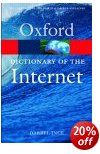
 This discussion first took place on the WRICOM (Writing and Computers) mailing list, which is hosted by Mailbase (UK). Note that these are personal opinions, exchanged in the casual manner of email messaging. The language and style are deliberately informal. There is no guarantee that the email addresses of individual contributors will be up to date.
This discussion first took place on the WRICOM (Writing and Computers) mailing list, which is hosted by Mailbase (UK). Note that these are personal opinions, exchanged in the casual manner of email messaging. The language and style are deliberately informal. There is no guarantee that the email addresses of individual contributors will be up to date.